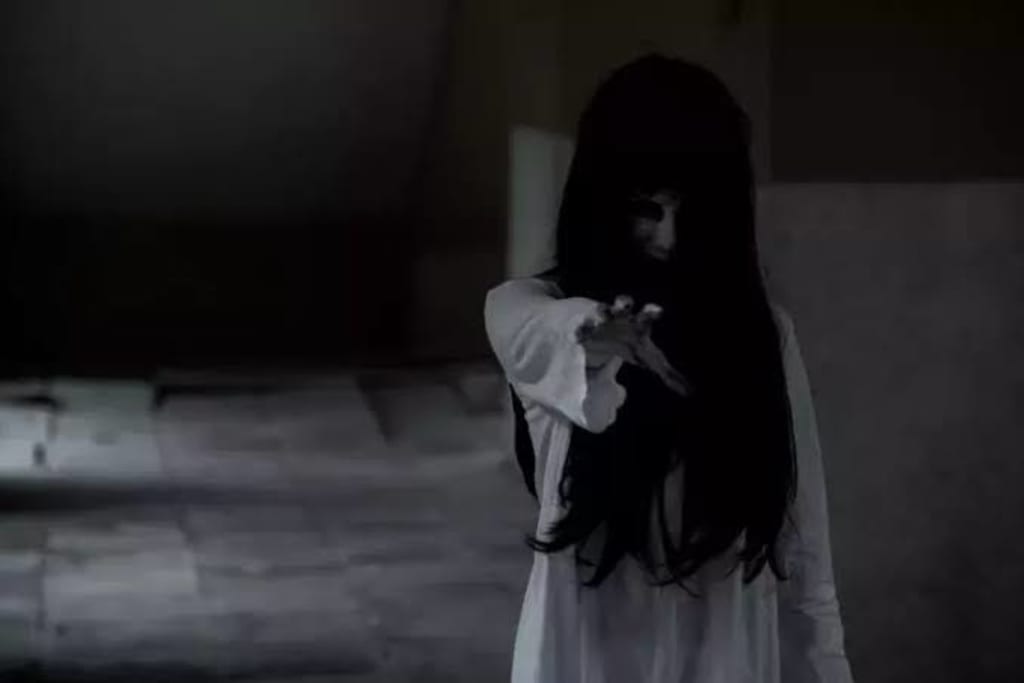
when Horror Yearbook – The Kuntilanak myths have been passed down through generations, becoming an integral part of Indonesian folklore. Known for her eerie presence and haunting laughter, the Kuntilanak is a figure that continues to frighten many. This ghost, often depicted as a woman in white with long, disheveled hair, is said to appear in secluded places, leaving a trail of fear and mystery wherever she goes. Many believe that she is more than just a terrifying tale; people have reported real-life encounters with this spirit, adding to the myth’s chilling allure.
The Kuntilanak’s origin traces back to ancient Malay folklore, particularly in Indonesia, Malaysia, and Brunei. The stories revolve around a woman who died tragically during pregnancy or childbirth. Her death, often violent or unnatural, keeps her spirit bound to the mortal world, and she seeks vengeance on those she holds responsible. The Kuntilanak is believed to be the embodiment of a mother’s grief and rage, forever wandering in search of justice. This myth has deeply impacted the cultural fabric of Indonesia, influencing the way many view the supernatural world.
Over time, the Kuntilanak myth has evolved, with new tales and encounters emerging from different regions. Despite variations in the stories, certain characteristics remain consistent across the folklore. These details make the Kuntilanak one of the most feared spirits in the Indonesian supernatural realm.
The story of the Kuntilanak has deep roots in Malay folklore, stretching across Indonesia, Malaysia, and Brunei. According to legends, she is the spirit of a woman who tragically died during pregnancy or childbirth. Because of her unnatural death, her spirit is believed to remain in the world of the living, seeking vengeance on those she blames for her suffering.
The term “Kuntilanak” is derived from “pontianak,” a name associated with a city in West Kalimantan, Indonesia. This city was once plagued by sightings of the ghost, leading to rituals performed by the locals to drive her away. The name Kuntilanak is now widely used to describe this malevolent spirit.
“Read about: Eerie Tales: Unsolved Horrors That Still Lurk in the Shadows”
The Kuntilanak is often described in vivid detail, making her one of the most recognizable spirits in Indonesian culture. Here are some key traits commonly associated with her:
In Indonesian culture, several myths and beliefs surround the Kuntilanak. Here are some of the most widely known:
Though her origins are rooted in ancient folklore, the Kuntilanak remains an iconic figure in Indonesian pop culture. She has been featured in numerous horror films, TV shows, and urban legends.
Some well-known films featuring the Kuntilanak include:
In addition to films, the Kuntilanak is also a popular subject in ghost stories and urban legends. These stories are often shared between generations, keeping the myth alive.
“Read more: The Provocative Nature of Dadaism: Anti-Aesthetic and Revolutionary Art”
Beyond folklore and movies, many people claim to have had real-life encounters with the Kuntilanak. These spine-chilling stories continue to fuel the belief in her existence.
The Kuntilanak remains one of Indonesia’s most enduring ghost stories. Whether in folklore or in real-life encounters, her presence continues to haunt and captivate the imagination of many. Whether you view her as a terrifying legend or a real, supernatural being, the Kuntilanak will likely remain a chilling part of Indonesia’s cultural heritage for years to come.